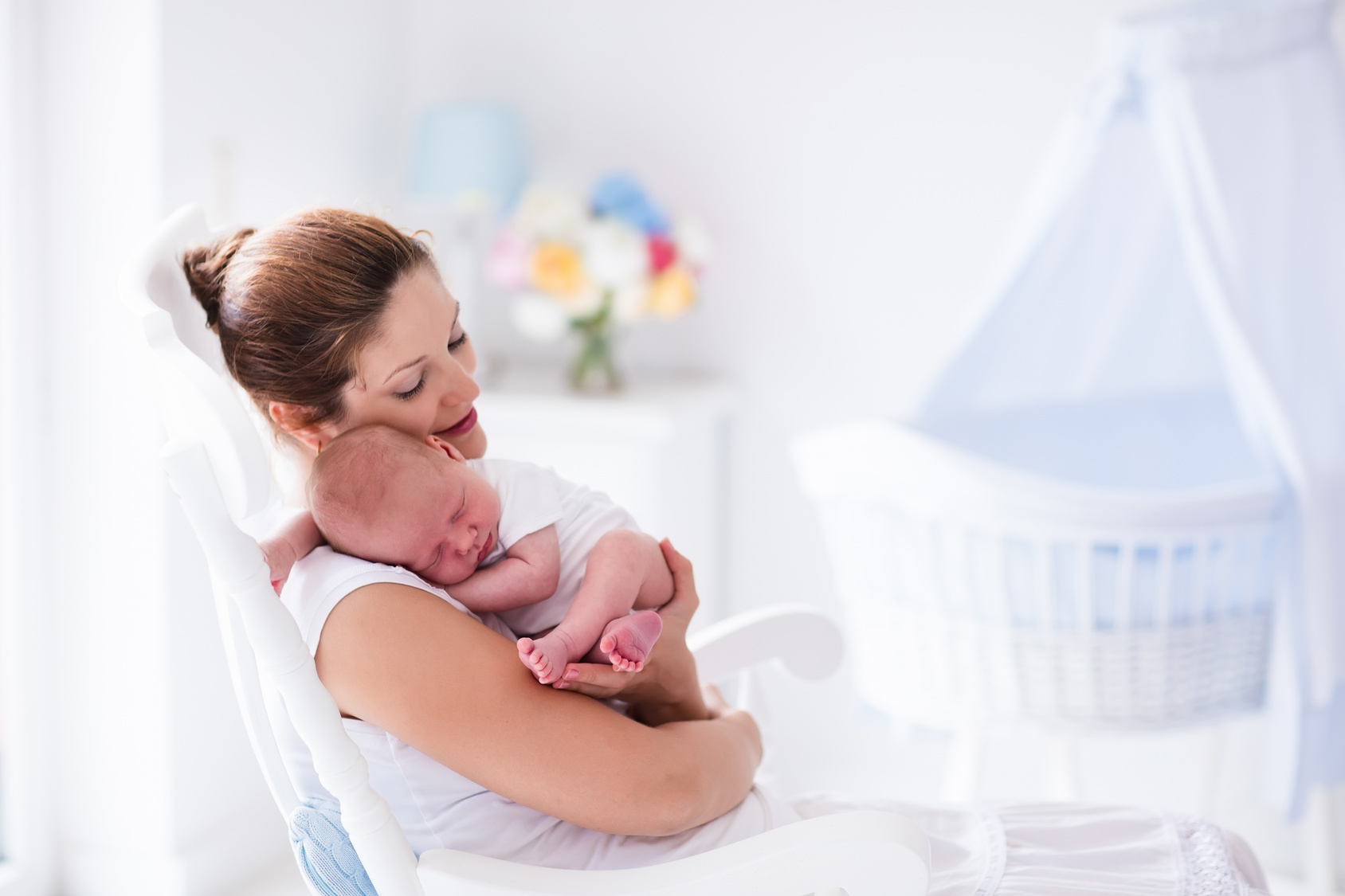Maguire and Mody’s report, GABAA R Plasticity during Pregnancy: Relevance to Postpartum Depression, in the July 2008, Neuron, provides evidence that an abnormal Gamma-aminobutyric acid (GABAA) receptor subunit in pregnant mice may be a useful model for postpartum depression. The report describes how GABAA receptors, specifically, the delta-subunit-containing GABA receptor, are a preferred target for neurosteroids. They designed a study to identify functional changes in these receptors during pregnancy and postpartum and then looked at possible behavioral correlates in the mice.
The control population exhibits considerable normal decrease in the expression of GABAA Receptors, which cause both tonic and phasic inhibitions during pregnancy. These levels rebound to pre-pregnancy levels immediately postpartum. Mice that were deficient in GABAA Receptor delta-subunits did not show appropriate regulation of GABA Receptors during pregnancy or postpartum. They described those mice as exhibiting “depression-like and anxiety-like behaviors” during the postpartum period. The pup survival rate per litter born to those deficient in the GABAA Receptor subunit was significantly decreased compared to controls; the pups died secondary to abnormal maternal behaviors including neglect or cannibalism by the mother. In order to try and restore the GABAA R subunit function, the deficient mice were administered a nonsedative dose of THIP (a GABAA R delta-subunit-preferring agonist). This decreased the pup mortality significantly.
This mouse study provides a potential functional mechanism for abnormal postpartum behavior resulting from dysfunction in GABAA R regulation during pregnancy and postpartum. The data is supported by the beneficial effect of treatment with the GABAA R agonist which alleviated the abnormal postpartum behaviors and increased pup survival in those mice that were deficient in the delta-subunit.
In an accompanying editorial, Understanding the Pathophysiology of Postpartum Depression: Implications for the Development of Novel Treatments (in the same publication of Neuron), it is suggested that this mouse model of postpartum depression has considerable clinical implications. The author suggests future functional imaging studies to elucidate GABA and GABAA R alterations in depressed women during pregnancy and postpartum, genetic studies to identify genetic polymorphisms of the GABAA R, and treatment studies with THIP.
April Hirschberg, MD
References:
Maguire J, Mody I. GABA(A)R plasticity during pregnancy: relevance to postpartum depression. Neuron. 59(2):207-13, 2008 Jul 31.
Nemeroff CB. Understanding the pathophysiology of postpartum depression: implications for the development of novel treatments. Neuron. 59(2):185-6, 2008 Jul 31.








Leave A Comment